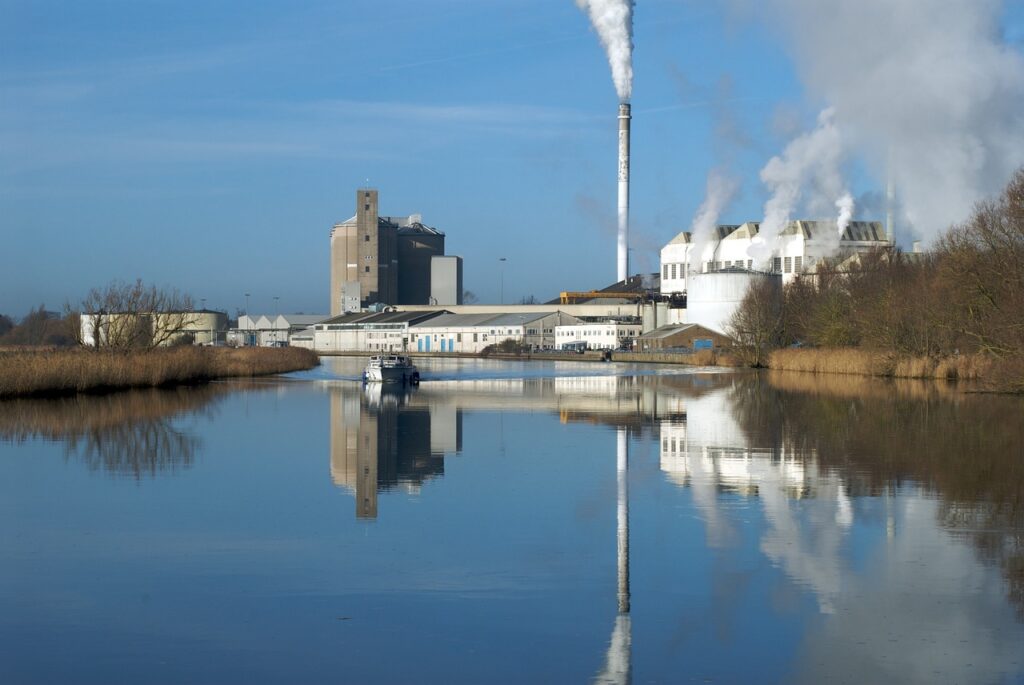A new invention combines polyurethane, magnetic iron oxide and active carbon to remove water pollution caused by benzotriazoles
Water pollution is caused by various compounds, organic and inorganic. Among these are aromatic compounds belonging to the benzotriazole class. Benzotriazoles are widely used in the industrial field as antioxidants or as protection of metal surfaces. Unfortunately these compounds have a highly solubility in water and are difficult to remove. Their presence in high concentrations causes harmful effects on fish and is a potential cause of cancer in humans. A study conducted at the Reseach Institute of Creative Education in Vietnam proposes a new solution to the problem. The invention was presented at the E-nnovate 2020 event and won a silver medal. The new compound consists of denatured active carbon, magnetic iron oxide Fe2O3 and functionalized polyurethane. Tests conducted on some benzotriazoles showed high activity, especially against 1,2-aminoazophenylene. The production method is economical and accessible and promises to solve the problems related to other methods already on the market.
The inventors Nguyen Hoang Tung Lam, Nguyen Hoang Dam Thuyen, Nguyen Hoang An and Pham Bui Gia Han tell us about their research.
“Vietnam is a country that is developing strongly in science and technology. However, this has greatly affected the water environment in recent years. We have been concerned about this issue for years, combined with our scientific research skills, so we have successfully developed this scientific paper. Aminoazophenylene (1,2 – AAP) is used industrially as an antioxidant and metal protector. 1,2 – AAP is easily soluble in water, has harmful effects on aquatic animals and has the potential to cause cancer in humans. Currently, 1,2 –AAP has been assessed and warned of water pollution in many parts of the world, requiring treatment. Recently, the adsorption method has been of special interest to scientists because of its good processing potential and low cost. Recent studies show that there are many 1.2-AAP adsorbent materials, but each material has certain limitations, such as high cost, long processing time, or the need to pH adjustment“.
How does your invention improve existing technologies?
“Treatment and removal of azole compounds in general and 1,2 – AAP in particular by the method of adsorption on adsorbent materials (VLHP) total alloys are a new direction that attracts the attention of researchers. VLHP with carbon origin and adsorption method is considered to be a low cost and feasible solution to remove organic compounds currently, suitable for developing countries like Vietnam“.
Has the idea already been patented or do you plan to patent it?
“This invention has been patented and gained Intellectual Property Certificate in Vietnam“.
What will be the next step? How do you plan to implement your invention or its diffusion?
“The next step would be improving the quality of the product as well as marketing it domestically and internationally. This purpose of the introduction of this product is to make the water resources fresher and usable, which is helpful for everyone, especially poor people“.
You might also be interested in -> New powder that removes traces of antibiotic from the water
